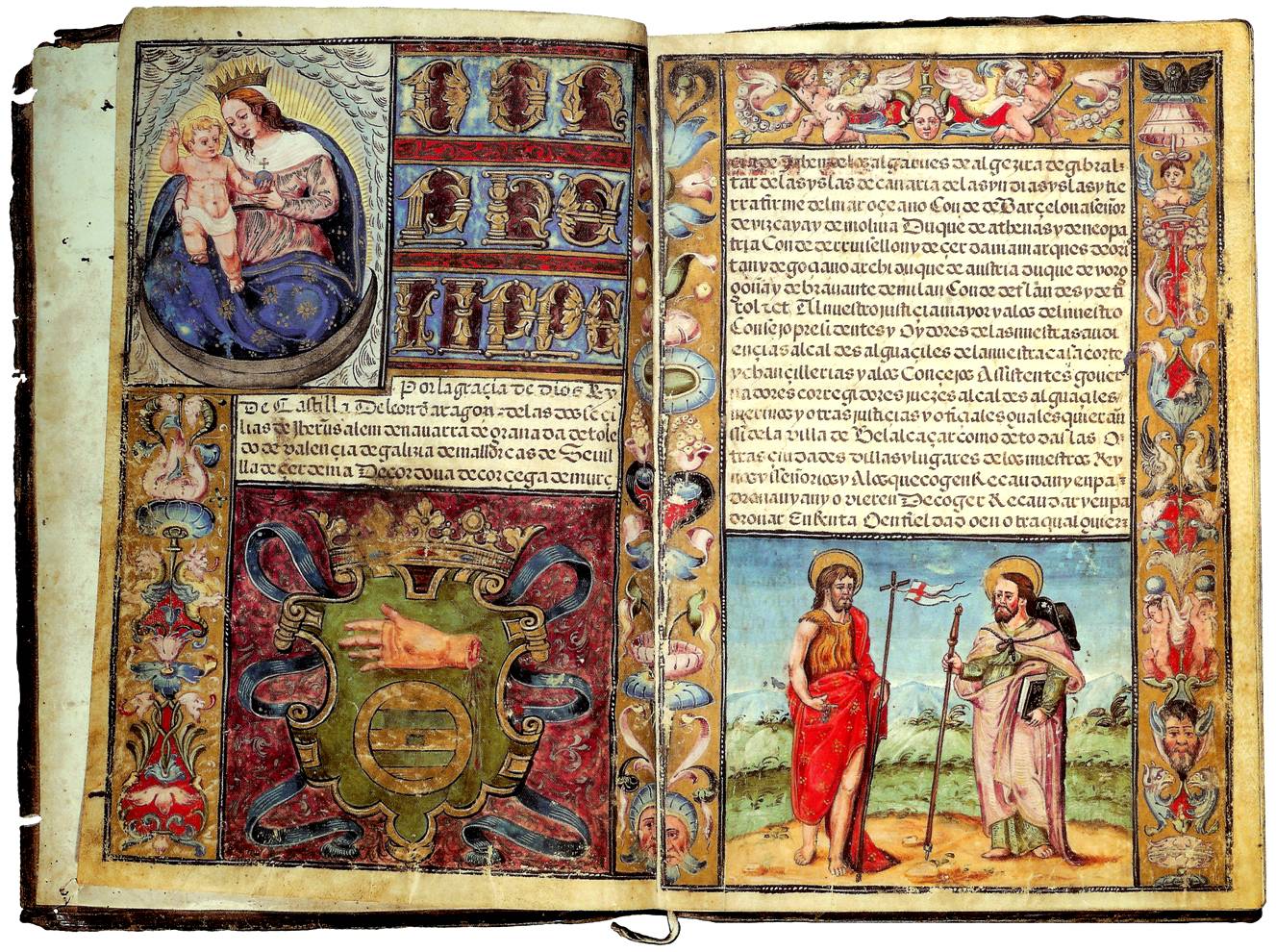A recent Pew Research Center survey found that nearly one in five American teenagers is on Youtube “almost constantly.” Ten years ago, the figure surely wouldn’t have been that high, and twenty years ago, of course, Youtube didn’t exist at all. But today, no enterprise directed at teenagers can afford to ignore it: that goes for pop music and fashion, of course, but also for education. Most kids just starting college are on Youtube, but so are those about to start college, those taking time off from college, and those unsure of whether they’re willing or able to go to college at all. Hence College Foundation, a new extension of Youtube channel Study Hall, the product of a partnership between Arizona State University, YouTube and Crash Course.
Crash Course has long produced video series that, both entertainingly and at length, cover subjects taught in school from history to literature to philosophy and beyond. The College Foundation’s program will make it possible not just to learn on Study Hall, but to earn real college credits as well.
“Students who are interested in formal coursework beyond watching the videos may pay a $25 fee to enroll in an ASU online course that includes interacting with other students and instructors,” writes Inside Higher Education’s Susan D’Agostino. Upon completion of the course, “the student can decide whether they would like to pay $400 to record the grade and receive ASU credit.”
Enrollment is now open for the first four College Foundations courses, English Composition, College Math, U.S. History and Human Communication, all of which begin on March 7th. (Those who sign up before that start date will receive a $50 discount.) “Once you’re in a course, you can contact a success coach via email to get help with assignments,” writes TechCrunch’s Aisha Malik. “You can complete your coursework when it’s convenient for you, but you will have weekly due dates for most of the courses. If you want to access additional support, some instructors hold optional office hours.” This sort of learning experience could become a bridge to Youtube life and college life — the latter being the subject addressed, with characteristic Youtube directness, in the existing Study Hall course “How to College.”
Related content:
1,700 Free Online Courses from Top Universities
A Crash Course in World History
A Crash Course on Psychology: A 30-Part Video Series from Hank Green
Crash Course Big History: John Green Teaches Life, the Universe & Everything
Based in Seoul, Colin Marshall writes and broadcasts on cities, language, and culture. His projects include the Substack newsletter Books on Cities, the book The Stateless City: a Walk through 21st-Century Los Angeles and the video series The City in Cinema. Follow him on Twitter at @colinmarshall or on Facebook.



